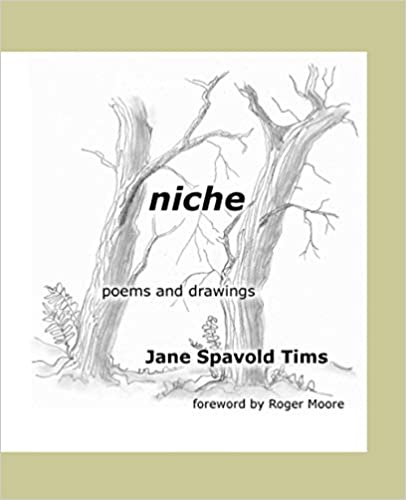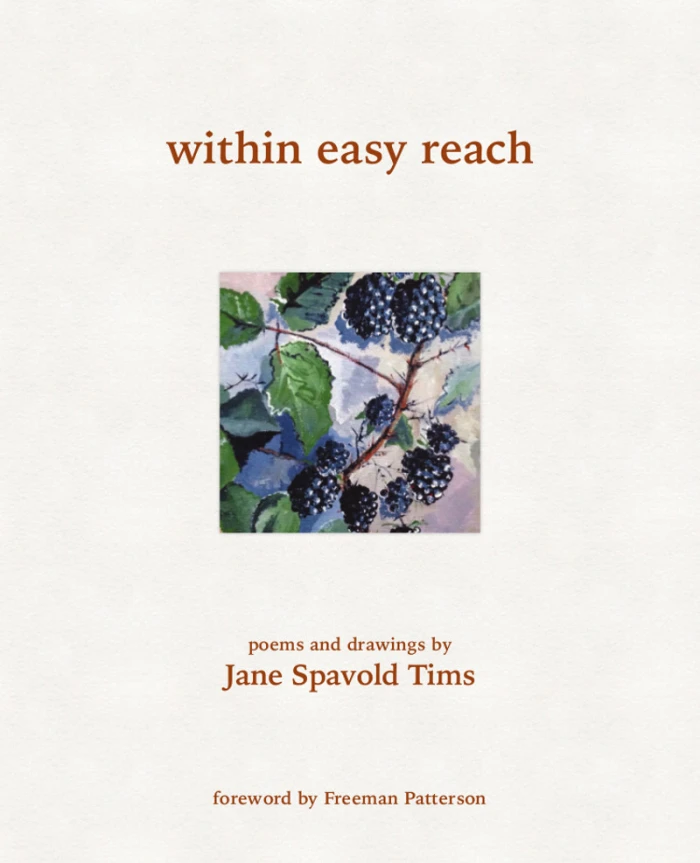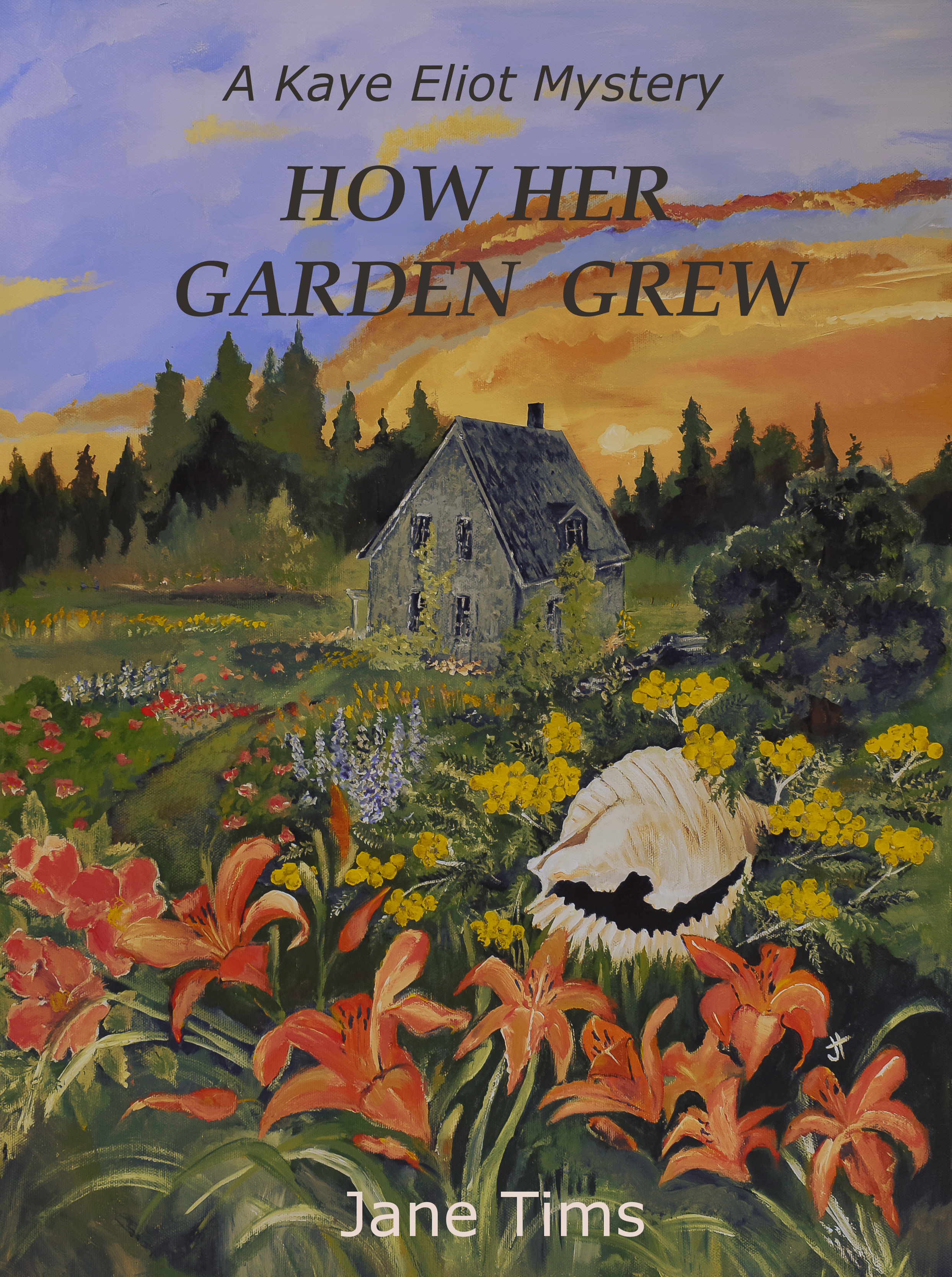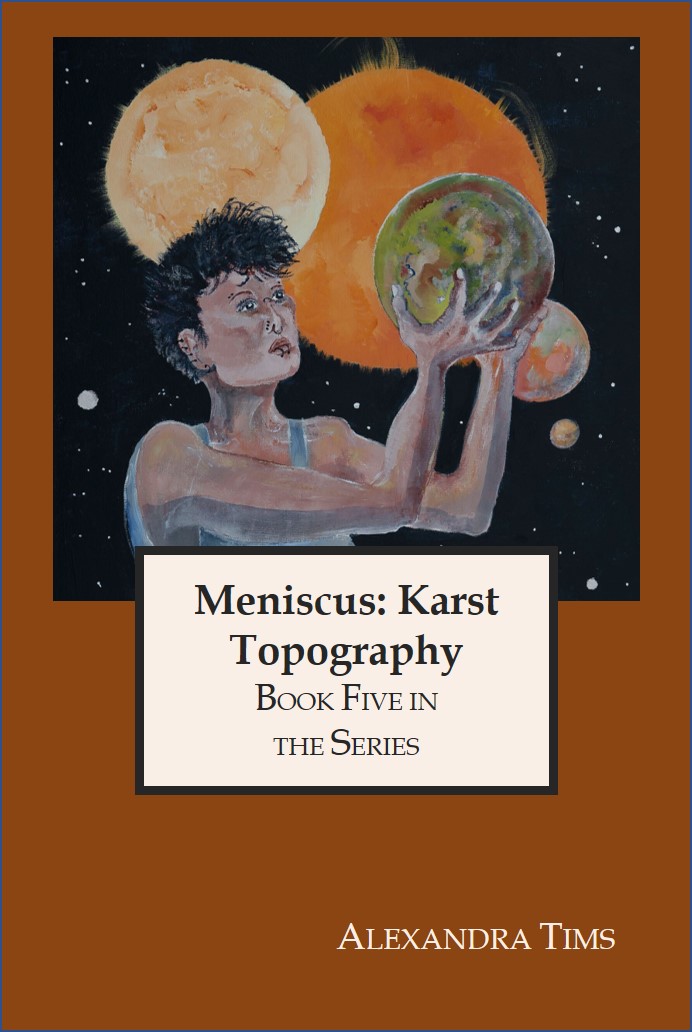Archive for the ‘signs of spring’ Category
a life-list first: sandhill cranes
As the result of a posting on Facebook (in New Brunswick Birders), my husband and I took a drive to the Canaan Forks area of New Brunswick to see if we could see any of the sandhill cranes spotted there. We had given up on finding them and were on the road out of the area when my husband spotted two in a field between us and the river. I wish I was a better photographer: they were so elegant and deliberate, walking the edge of the field. As they walked and fed, their legs and necks were in a strange sort of synchrony. They appear quite ‘muscular’ and could be confused with a deer if their heads are down feeding.
~

~
Both birds had the red patch on the front of the head. They stayed together, turning to retrace their steps when they came to a small ditch between fields.
~



~
The sandhill crane (Antigone canadensis) can now be added to my life list!!!!!
~

~
Have fun watching the birds now returning from their migrations!
~
All my best,
Jane
working on a poetry manuscript
This week, I am assembling a new poetry book in the ‘a glimpse of…’ series. The first two books, a glimpse of water fall and a glimpse of dragon gave readers a peek at some of the beautiful waterfalls in New Brunswick and the bits of magic in all our lives. A glimpse of sickle moon will explore the seasons in New Brunswick. The manuscript won Third Place in the 2020 New Brunswick Writers’ Federation Competition for the Alfred G. Bailey Prize.
~


~
The poetry book presents fifteen years of seasons, each presented as four poems about spring, summer, winter and fall. The poems about spring talk about floodwaters, under-story flowers and waking from hibernation. Summer poems tell about hurricanes, picking raspberries and sheep in the morning meadows. Fall poems explore first frost, wasp nests, fading flowers and ripening blackberries. And in winter–ice caves, snow drifts, walks in the falling snow and feeding birds.
~
~
I have struggled with how to present these poems. I thought of making each suite of four represent a year in my own life and entitling the section 1978, 1980, 1996, 2012 and so on. I thought about titling each section as a special year–‘The Year of the Path,’ ‘The Year of the Groundhog,’ and so on. I have finally settled on a title drawn from a common theme in the four poems presented–‘paths through tangled woods,’ ‘where shadows meet,’ and ‘a sliver from full.’
~

~
For the cover, I will create a painting of the crescent moon, seen through the branches of birch trees. The image below is a facsimile.
~

~
All my best as you work on your own project.
Jane
mayflowers
In spring it is always fun to put all your senses together and search out the elusive mayflower, also known as trailing arbutus. Epigaea repens grows in the open woods where I live. You usually have to search for the trailing leaves and lift them to find the flowers.
~

~
touch: the leaves are furry on the underside and smooth above; the petals of the flower are waxy.
~
smell: the flowers are fragrant with a sweet, almost heady perfume.
~
sight: the flowers are white to faintly pink; leaves are green with coppery brown surfaces and edges.
~

~
Trailing Arbutus
(Epigaea repens L.)
~
on the slope, new leaves
Trientalis, Gaultheria
Star-flower, Wintergreen,
vines of Partridge-berry creep
Maianthemum unfurls
~
beneath the din, a melody
weeps Epigaea, evergreen
pressed to the hillside
leather armour, thickened leaves
weather-beaten, worn
~
waxy bloom resists
subtle shadow
predator
unrelenting rain
~
~

~
all my best,
staying at home,
Jane
three yellows
On Sunday, we went for a drive along New Brunswick Route 615, eventually travelling from Mactaquac to Nackawic. A pleasant drive, climbing into the hills of this part of New Brunswick.
~
Early into our drive, a theme suggested itself … the yellow flowers of spring. These included the daffodil and the blazing Forsythia (Forsythia sp.) … a deciduous shrub with copious yellow blooms.
~

~
Another yellow flower crowding the edges of almost every ditch, was Tussilago farfara or Coltsfoot. The flowers have been in bloom a couple of weeks and will soon set their white fluffy seed. After the flowers have faded, the leaves will appear, big green ears seemingly unrelated to the yellow flowers of spring.
~

~

~
At the foot of a farmer’s field, we saw another yellow flower, usually found in wooded wet areas or in hardwoods. The mottled green and purple leaves are the first identifying feature. Close-up, the nodding yellow flower with its recurved petals and drooping stamens show this is the Dog’s Tooth Violet, or Yellow Trout-lily (Erythronium americanum).
~

~

~
Today, my yellow tulips are blooming, yet another addition to the yellow flowers of this season.
~
All my best,
Jane
Coltsfoot – first flower of spring
Although other flowers quickly follow, the first flower to bloom along our New Brunswick roads is Coltsfoot (Tussilago Farfara L.). Its bright yellow flowers are often mistaken for Dandelion, but Coltsfoot is recognised by a quick check for the leaves … Coltsfoot blooms before its leaves appear.
~

~
The yellow blooms of Tussilago form large patches in waste areas, beside brooks and roads, and on damp hillsides. Its dandelion-like flowers are borne on scaly, leafless stems. Later, the large, woolly leaves appear. Other names for the plant are Son-before-the-Father, which refers to the appearance of flowers before the leaves, and pas-d’âne (literally donkey-steps). The scientific names are from the Latin tussis, meaning a cough and referring to the European use of the plant as a remedy for such ailments, and the Latin word for coltsfoot, farfarus. The plant was named by Linnaeus, the Swedish botanist who established the present day system of naming plants.
~

~
Coltsfoot
Tussilago Farfara L.
~
Gold-
splashed beside the road
like prints
of a frisky colt’s feet
~
at first glance-
an early dandelion!
but-
too early
stem scaly
no leaves below the bloom
no perfume.
~
Coltsfoot,
Son-before-the-Father
(flowers before the leaves).
Introduced from
far away.
~
Old wives say
boiled greens
will ease
a cough.
~
Long ago
Tussilago
sprang from where
a burro trod
among the palms
(pas-d’ane).
~
~

~
Poem published as: ‘Coltsfoot’, Winter 1993, The Antigonish Review 92:76-77.
Copyright 2018 Jane Tims
puddle ducks
This time of year the St. John River is at flood levels and backwaters are good places to see many species of duck.
Last weekend, when the water still had a few shallow grassy places for dabbling, we saw these fellows along the old Trans Canada between Oromocto and Jemseg:
~

Wood Duck … notice the long crest at the back of the head …
~

American Widgeon … a rosy breast and a white cap on his head …
~

Mallards … notice the white ring around his neck and his yellow beak …
~

Ring-necked Duck … a terrible photo … note the grey beak with a white ring, vertical white before wing and black back …
~
There were also lots of Canada geese and a Blue Heron we scared up from a roadside pond …



~
I am not a good photographer but that cannot take away from the thrill of seeing these birds every spring!
~
~
Happy bird watching!
Jane
























